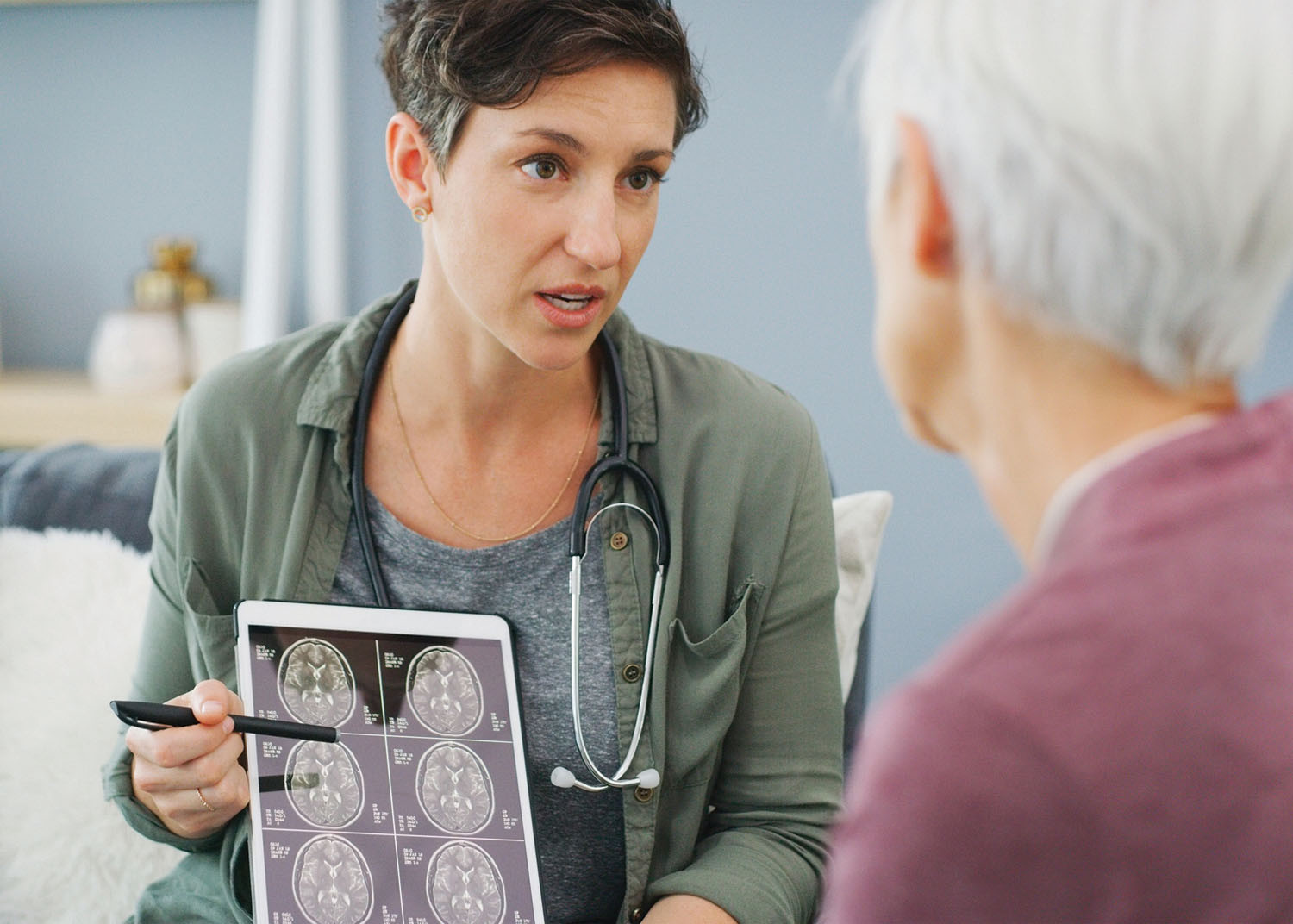
5 timeless habits for better health

What are the symptoms of prostate cancer?

Is your breakfast cereal healthy?

When pain signals an emergency: Symptoms you should never ignore

Does exercise give you energy?

Acupuncture for pain relief: How it works and what to expect

How to avoid jet lag: Tips for staying alert when you travel

Biofeedback therapy: How it works and how it can help relieve pain

Best vitamins and minerals for energy

Should you take probiotics with antibiotics?
Heart Health Archive
Articles
Trying to lower stubbornly high LDL cholesterol?
Elevated LDL cholesterol contributes to cardiovascular disease. Taking statin drugs can substantially lower this risk. But what if a person's LDL level remains too high on their maximally tolerated dose? An expert consensus report lays out a clear path for next steps.
Heart health guidelines get updated
The American Heart Association recently revised its checklist for achieving optimal heart health. Adequate sleep was added, and updates were made to previous recommendations for diet, cholesterol and blood sugar measurements, and nicotine exposure.
Your guide to taking statins
Statins continue to be a first-line treatment for many people at risk of heart attacks and strokes. They help reduce cholesterol levels, reduce plaque build-up, and protect against plaque rupturing, and fight inflammation. Possible side effects are often mild, if they occur, and go away after a brief period. Otherwise, people can manage them by changing the dosage or switching to another type of statin, per their doctor's direction.
Atrial fibrillation after surgery: Common and undertreated?
After surgery unrelated to the heart, a diagnosis of atrial fibrillation (afib) may be more common than previously thought. These cases, which may constitute 13% of new afib diagnoses, appear to be undertreated.
Light during sleep linked to conditions that harm the heart
Older adults exposed to light while sleeping at night may be more likely to have obesity, high blood pressure, and diabetes compared with adults who sleep in darkness.
Meal of the month: Vegetarian chili
Vegetarian chili is a filling, heart-healthy meal that can be dressed up with various toppings. Leftovers can be frozen in single-serving containers for simple dinners or lunches later.
Bleeding problems: Know your risk
Anti-clotting medications have a well-known and fairly common effect: a heightened risk of bleeding. Being older, having certain health conditions, and taking certain drugs (including popular over-the-counter pain relievers) can increase this risk. Minor bleeding includes bleeding gums after toothbrushing or flossing and nosebleeds that take longer than usual to stop. Signs of more serious bleeding (which requires immediate medical care) include tea-colored, pink, or red urine; blood in the stool or black, tarry stools; or a sudden, severe headache.
Hearts and minds
Vascular dementia, which arises from longstanding, cumulative damage to small blood vessels in the brain, may cause or contribute to up to half of cases of dementia. The vessels may thicken or become blocked by blood clots, causing tiny strokes that damage specific parts of the brain important for various thinking abilities. Keeping blood pressure in the recommended range of 120/80 or lower is the best way to prevent vascular dementia.
More protection for your heart? It's just a shot away
A yearly influenza vaccine may help lower the risk of serious cardiovascular complications, especially among people who've had a recent heart attack. Pneumonia and shingles vaccines also help reduce heart attack and stroke risks. Early fall is a good time to get back on track with these vaccines. Several different types of flu shots are available; experts advise getting whichever one is most readily available. For those ages 65 and older who have a choice, three vaccines (Fluzone High-Dose Quadrivalent, Flublock Quadrivalent recombinant, and Fluad Quadrivalent adjuvanted) may offer slightly better protection than the regular-dose shot and are the preferred choice.
A virtual approach to healing the heart
Cardiac rehabilitation, which teaches heart-healthy habits coupled with supervised exercise, can help people with heart conditions prevent future problems. Some parts of the program can be done at home, delivered through a computer, tablet, or smartphone. Known as virtual cardiac rehab, this approach offers several advantages over conventional rehab, such as avoiding the time and expense of traveling to multiple sessions during the week.

5 timeless habits for better health

What are the symptoms of prostate cancer?

Is your breakfast cereal healthy?

When pain signals an emergency: Symptoms you should never ignore

Does exercise give you energy?

Acupuncture for pain relief: How it works and what to expect

How to avoid jet lag: Tips for staying alert when you travel

Biofeedback therapy: How it works and how it can help relieve pain

Best vitamins and minerals for energy

Should you take probiotics with antibiotics?
Free Healthbeat Signup
Get the latest in health news delivered to your inbox!
Sign Up











